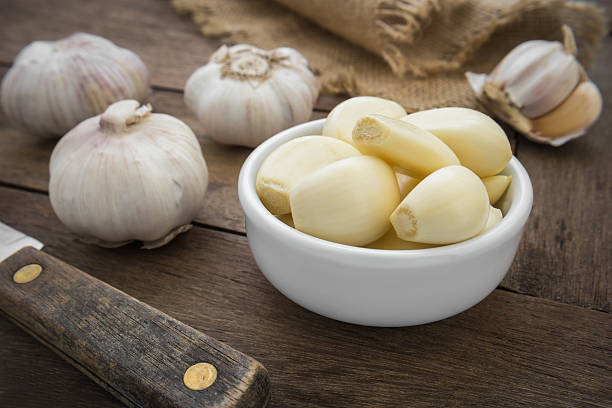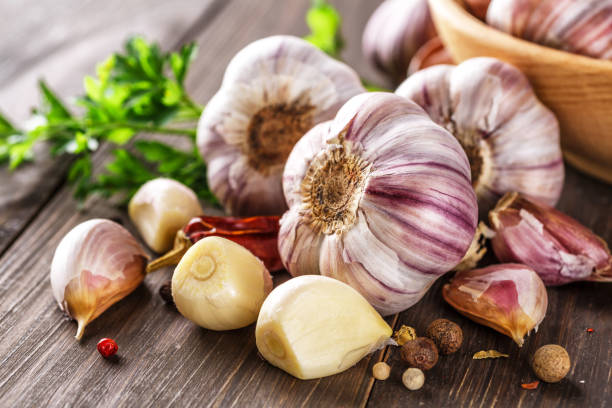Garlic is a popular herb that is commonly used in cooking. It is known for its strong flavor and aroma, as well as its potential health benefits. One of the key components of garlic is its carbohydrate content, which can have an impact on your diet and health.
Carbohydrates are one of the three main macronutrients that the body needs to function properly. They are the body’s main source of energy, and they are found in a wide variety of foods, including fruits, vegetables, grains, and legumes. Garlic is a low-carb food, with only 1 gram of carbohydrates per clove. This makes it a great option for those following a low-carb or ketogenic diet.
One medium-sized clove of garlic contains approximately 1 gram of carbohydrates. This is a relatively small amount and is mostly made up of fiber. Fiber is a type of carbohydrate that the body cannot digest and is important for maintaining a healthy digestive system. It also helps to keep you feeling full, which can be helpful for weight management.
Garlic also contains a small amount of natural sugars. These are small molecules of glucose and fructose that are found in many fruits and vegetables. The natural sugars in garlic are not a significant source of carbohydrates and are unlikely to have a significant impact on blood sugar levels.
When it comes to the carbohydrate content of garlic, it’s important to note that the actual amount can vary depending on the preparation method. For example, minced garlic in a jar will have a different carb content than roasted garlic cloves. Also, most of the carb content in Garlic comes from the Fiber content.
The carbohydrate content of garlic comes primarily from the form of complex carbohydrates, which are composed of long chains of sugars. These types of carbohydrates are broken down more slowly by the body, which can help to keep blood sugar levels stable. This is beneficial for those with diabetes or other conditions that affect blood sugar control.
In addition to its low carbohydrate content, garlic is also a good source of fiber. Fiber is a type of carbohydrate that is not broken down by the body and is important for maintaining healthy digestion. One clove of garlic contains about 1 gram of fiber, which is about 4% of the daily recommended intake for adults.
Garlic is also a good source of other nutrients, including vitamin C, vitamin B6, and manganese. It also contains a compound called allicin, which has been shown to have antimicrobial and anti-inflammatory properties. Some studies have also suggested that consuming garlic may help to lower cholesterol levels and blood pressure, as well as reduce the risk of heart disease.
However, it is important to note that the health benefits of garlic may vary depending on the form in which it is consumed. Raw garlic contains the most allicin, but it can also be quite strong and may cause stomach upset in some individuals. Cooked garlic, on the other hand, has a milder flavor and may be better tolerated, but it contains less allicin.
In conclusion, garlic is a low-carb, high-fiber food that is also a good source of other important nutrients. It may offer potential health benefits, including reducing the risk of heart disease and improving blood sugar control. However, the form in which garlic is consumed may affect its potential health benefits. If you are following a low-carb diet, garlic can be a great addition to your meals, but it is always important to consult with a healthcare professional before making any major changes to your diet.

 Home
Home Health
Health Diet & Nutrition
Diet & Nutrition Living Well
Living Well More
More












